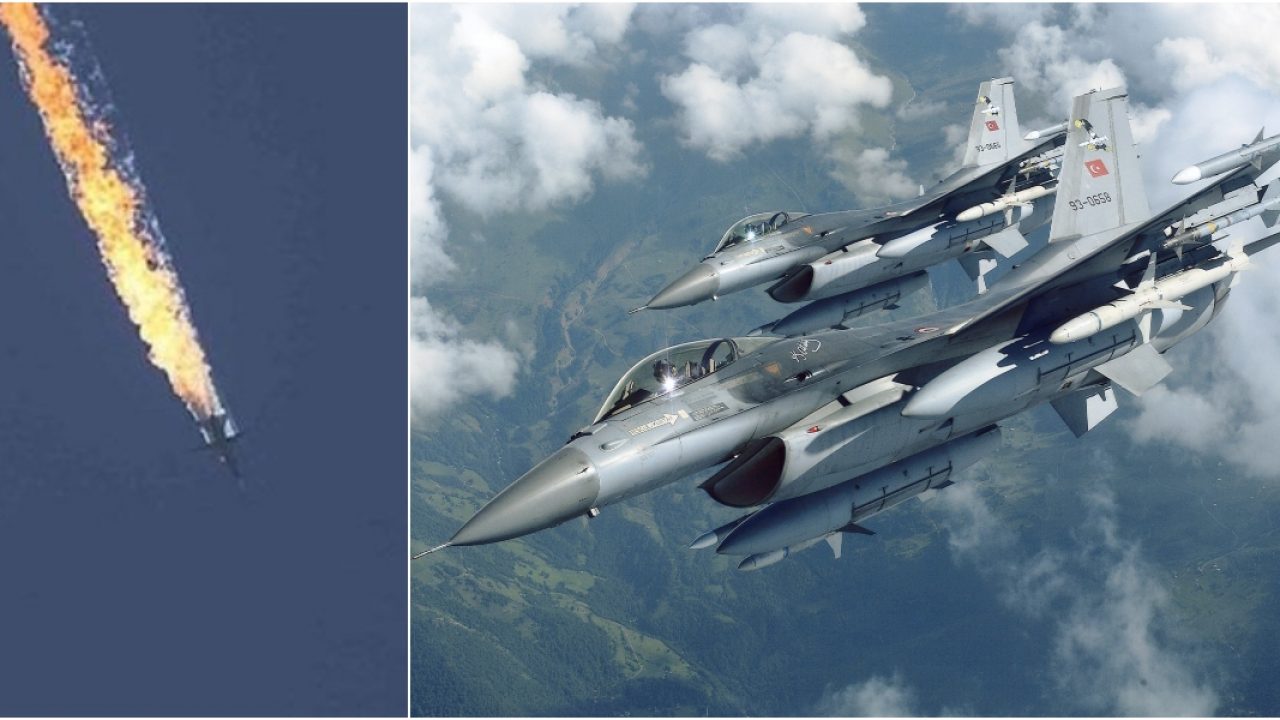
Lessons from Turkey’s Downing of a Russian Jet in 2015: Why It Still Matters for NATO?
Light House Denver – In November 2015, a Russian military jet Su-24 bomber strayed into Turkey’s sovereign airspace near the Syrian border. Within minutes, it was shot down by an air-to-air missile fired from a Turkish Air Force F-16. One Russian pilot was killed by Syrian rebels after ejecting, while his wingman survived following a high-risk rescue operation that also claimed the life of a Russian marine.
For NATO, this was far more than just a border violation. The incident became a dangerous flashpoint that nearly triggered a direct confrontation between the Western alliance and Moscow. Almost a decade later, as Russian drones cross into Polish airspace and tensions rise on NATO’s eastern flank, the lessons of 2015 feel more urgent than ever.
By late 2015, Russia was fully committed to supporting President Bashar al-Assad in the Syrian Civil War. Moscow deployed nearly 5,000 troops, dozens of aircraft and helicopters, as well as advanced air defense systems to the region. At the same time, NATO aircraft, including U.S. jets, were conducting missions against ISIL, often flying in the same skies as Russian forces.
On November 24, 2015, two Russian Su-24s were returning to Khmeimim Air Base after a mission near the Turkish border. According to Ankara, Turkish controllers issued repeated warnings for the aircraft to change course. One plane turned back, but the other pressed on, crossing more than a mile into Turkish territory. A patrolling Turkish F-16 locked on and fired, bringing it down.
This marked the first direct combat between U.S. or allied forces and the Russian military since the Korean War.
Moscow reacted with fury. Russian commanders insisted their aircraft had remained in Syrian airspace and accused Turkey of staging an ambush. President Vladimir Putin denounced the act as “a stab in the back by terrorist accomplices.”
Diplomatic ties rapidly deteriorated. Foreign Minister Sergey Lavrov canceled a planned trip to Ankara, the Russian Navy halted joint exercises with Turkey, and Moscow imposed economic sanctions. Russian jets also began striking supply routes into Turkey from Syria.
NATO, meanwhile, expressed full support for Turkey. Secretary-General Jens Stoltenberg reaffirmed the alliance’s solidarity in defending its member’s territorial integrity. President Barack Obama echoed that stance, emphasizing every nation’s right to protect its sovereignty while urging restraint to avoid escalation.
The danger was real. Had Russia chosen to retaliate militarily, Turkey could have invoked Article 5 of the NATO treaty, which obligates collective defense. That would have risked pulling the United States and 28 other allies into direct confrontation with Moscow.
For weeks, tensions simmered. Russia severed military contacts with Turkey, deployed S-400 air defense systems to Syria, and stationed the cruiser Moskva off the coast, ready to target NATO aircraft. The risk of another clash was palpable.
Yet instead of spiraling further, both sides eventually de-escalated. Turkish President Recep Tayyip Erdoğan sent Putin a letter of regret. A year later, following a failed coup in Turkey, several air force officers involved in the shootdown were arrested on charges of belonging to a hostile faction.
Gradually, bilateral ties improved. But the crisis left a lasting lesson: Russia was willing to test NATO’s limits, and even a brief border violation could put the world on the edge of war.
The 2015 incident was not merely an airspace dispute. It was a critical test of NATO’s ability to show solidarity while exercising restraint. The alliance proved its commitment to defend members, yet also recognized the importance of diplomacy to prevent uncontrolled escalation.
That lesson is increasingly relevant now. Russia’s full-scale invasion of Ukraine, its joint military drills in Belarus, and drone incursions into Poland all raise the same question: what happens if Moscow crosses a NATO red line, even by accident?
In Syria, at least, Russia and the United States shared a common enemy in ISIL, allowing some limited coordination. In Eastern Europe, no such common ground exists. With NATO openly supporting Ukraine, the risk of miscalculation is even greater.
Turkey’s downing of a Russian jet in 2015 demonstrated how fragile the balance between diplomacy and conflict can be. A single mistake, a single violation, or one rash decision could trigger a global crisis.
For NATO commanders watching the skies over Eastern Europe today, that event is not just a memory. It is a warning, that in dealings with Russia, caution and communication are as vital as military strength.
“Read More: Rumors of Selena Gomez and Benny Blanco’s Wedding at the End of September, Is It True?”
This information is sourced from military.com. In November 2015, a Russian military jet Su-24 bomber strayed into Turkey’s sovereign airspace near the Syrian border. Read the full article on LightHouseDenver.
|Author: Lukman Azhari
|Editor: Anna Hidayat